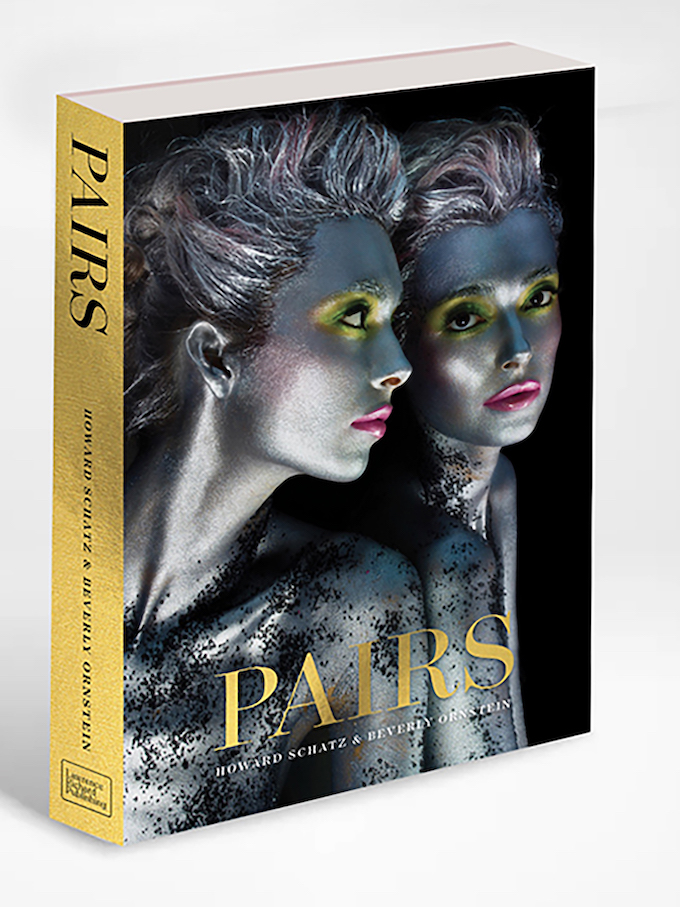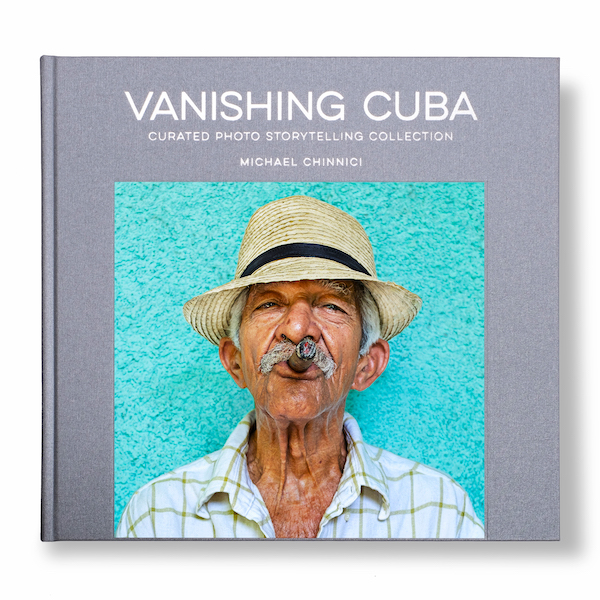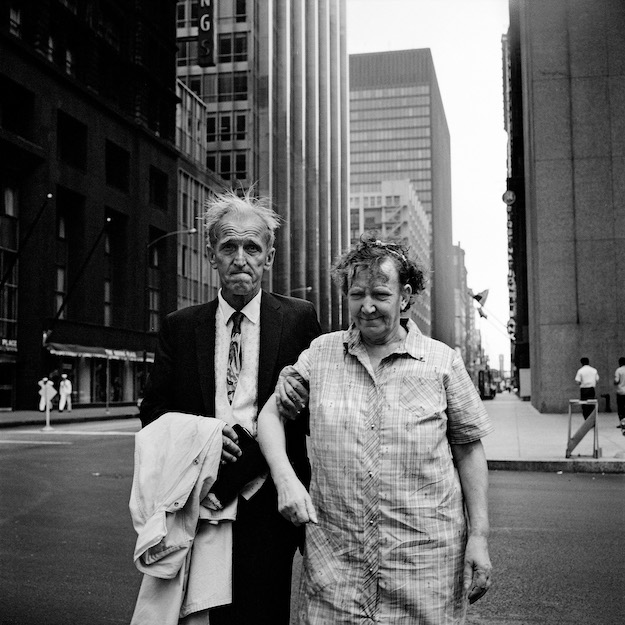The Dramatic Portrait: The Art of Crafting Light and Shadow
By Chris Knight
Rocky Nook | 240 pp.
Lighting is almost a religion for Chris Knight, and The Dramatic Portrait is as well-rounded and comprehensive a lighting treatise as you’ll find in any contemporary photo literature. A veteran shooter and instructor at Pratt Institute and the New York Film Academy, Knight has a deep passion for and an encyclopedic knowledge of the technical and aesthetic dimensions of portraiture, along with another standout trait: his lively sense of history.
We open this book to an extended, copiously researched and illustrated chapter that practically traces portraiture back to the dinosaurs—the Egyptians, actually—and follows the portraitist’s craft through millennia of art history that eventually lead us to the age of the photograph. All of this is germane to portraitists of any era. Many of the canons for observing and recording the human face are direct legacies of Renaissance painters like Vermeer, Rembrandt, Dürer, their compatriots and their ensuing generations.
Off the history trail, amid the practical realities of a modern studio, The Dramatic Portrait is a kind of everything-you-need-to-know handbook structured around Knight’s terse, clearly articulated takes on every possible lighting schema in his arsenal. A first, casual flip-through lets you know you’ll be spending a lot of time in the universe of moody, low-key, off-axis lighting and film noir portrait studies. But they’re the perfect palette for demonstrating, with his extraordinary precision, the vast scope of Knight’s innovative and erudite approach to his craft.
Price: $39.95
rockynook.com
The following excerpt is from Chris Knight’s The Dramatic Portrait: The Art of Crafting Light and Shadow. Reprinted with permission from Rocky Nook.
SEEING THE PATTERNS
Before we begin, it is worth noting that any of these light patterns can be achieved regardless of the modifier or fill—the pattern is purely the shape of the light on the face created by the main (key) light. In fact, you will notice throughout this chapter I have used fill and flags extensively; it is important to separate these techniques from the ability to see the main lighting pattern itself. Whether one is using a softbox or a bare bulb, dark shadows, or lots of fill, the only focus is the pattern (or shape) of the light, not the specific position of the lights or subject in relation to the camera.
The “loop” pattern, for example, can be achieved whether the subject is facing straight forward, at three quarters, or full profile—if the light moves with the subject’s face, the pattern remains the same. Everything is relative.
Also, all patterns except the “Paramount” pattern can exist to the left or right (they are not exclusive to one side). These lighting techniques will start with light to the front and gradually move off to the side, creating more shadow on the face, thereby increasing drama. We are starting with the least dramatic lighting pattern and are moving toward the most dramatic.
A NOTE ABOUT WHERE EXACTLY TO PLACE THE LIGHT
Some of you may be looking for very exact “answers” via numbers and measurements regarding the position and placement of light. But between exposure, the environment, the power of the lights, modifiers, etc., there are just too many variables to exactly replicate one person’s setup for yourself. It is not always easy (or possible) to say, “Place the light at 48 degrees overhead, one foot above the subject’s face, 2.3 feet away, at 1/4 power.” If it were that formulaic, photography would not be a craft.
Instead, think of the direction provided here as very specific—but still general—guidance. When you’re lighting, you really have to look at the image, see the shadows, and then make the adjustments. Just experiment. It truly is the best way to learn.
PARAMOUNT
The first lighting pattern is known as Paramount (shown above). Commonly used by old Hollywood portrait photographers (hence the name), this pattern is created by positioning the light to the front of the subject and above camera, creating light that defines the cheekbones and results in a shadow underneath the nose. Due to the shape of the shadow under the nose, this is also known as butterfly lighting.
AHOY THERE, MATEY…
When the light is raised vertically, the cheekbones become more defined. Beware of raising the light too high as this can create a dark, skull-like shadow effect on the eyes and a loss of catchlights (shown above). This, of course, is a balance. High light creates more shadows and drama, but no catchlight from the key light may be undesirable. A catchlight from underneath (via a reflector or additional light) can be a possible solution.
LOOP
As the light moves more off-center, the shadow under the nose begins to lengthen to one side. If it lengthens to the point where it meets the cheek shadow, we have gone too far into the next pattern (Rembrandt), but between there and Paramount, we are firmly in the lighting pattern known affectionately (and perhaps literally) as loop (shown below).
Loop is characterized by the nose shadow creating a loop off to the side of the nose. This pattern also introduces more shadow to the unlit side of the face, resulting in more definition of the subject’s bone structure.
REMBRANDT
Continuing the cranial orbit, the nose shadow becomes so long it merges with the cheek shadow, resulting in a triangle of light under the eye on the unlit side of the face. This is Rembrandt (shown below).
This style of light was popularized by the Dutch Golden Age painter of the same name. Rembrandt is often synonymous with dramatic light, and so this lighting pattern is as well. Moving the light more off-axis introduces more shadows, thereby introducing more drama and a more defined sculpting of the subject’s features. The benefit of this particular pattern is that it produces the most shadow on the unlit side of the face while still keeping both eyes in the light. Ideally, both eyes retain the key’s catchlight, which helps to brighten up and bring life to otherwise cold, dead eyes.
SPLIT
As the light moves even more to the side, half the face is now hidden in shadow. This pattern is called split (shown above). Much like Batman, this light is seeped in drama, often feels brooding, and has no parents. The light almost always feels very dramatic. Notice how the eye that was lit in the Rembrandt pattern is now in shadow.
Related Articles:
Chris Knight Breaks Down His Cinema and Art-Inspired Lighting Scenes
CreativeLive Video Tutorial: Exploring Low-Key Light with Chris Knight












